
- This event has passed.
4th Glycoproteinoses International Conference – Advances in Pathogenesis and Therapy
July 23, 2015 @ 8:00 am - July 26, 2015 @ 5:00 pm

After two years of fundraising and planning the 23rd July was suddenly upon us. Families, Professionals, Researchers, Scientists and Clinicians from around the world began to gather in St. Louis for what would be the largest conference ISMRD has ever delivered.
Countries represented were: Australia, Canada, Norway, Italy, Spain, New Zealand, Belgium, Brazil, Germany, USA, United Kingdom, France, Finland, Sweden and Ireland which gave us a total of 180 delegates.
Download the conference book for the abstracts.
ISMRD is very grateful for the very generous support from the following sponsors, as well as The Prenille Foundation, Edward Mallincdrodt Foundation, and Mark Haskins.
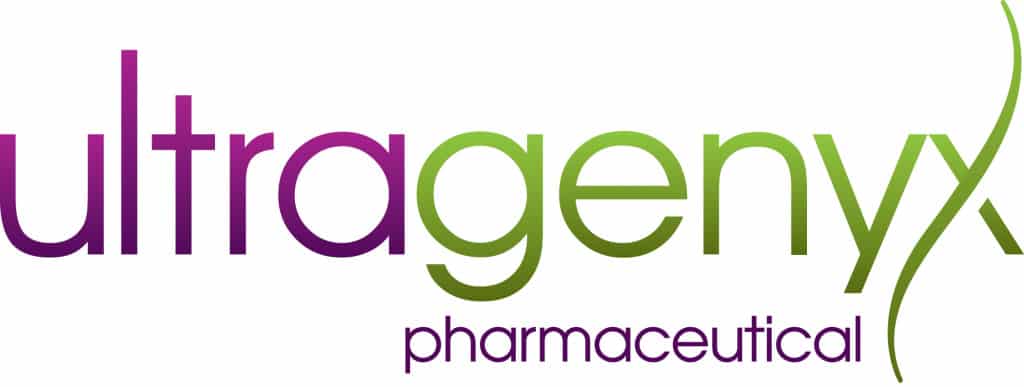



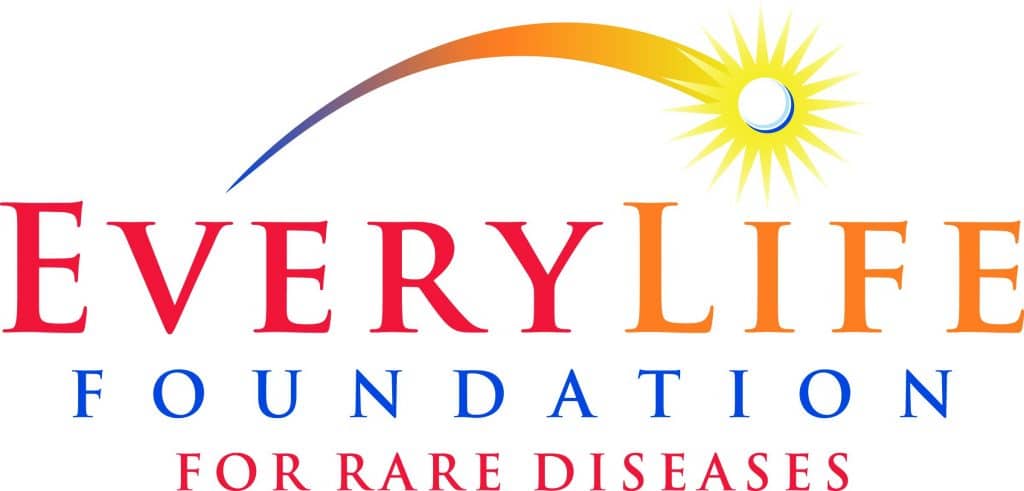
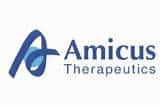

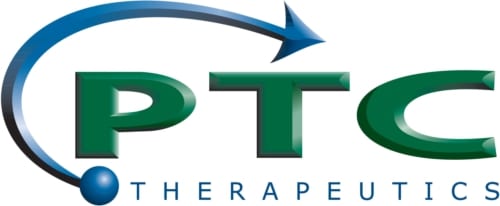
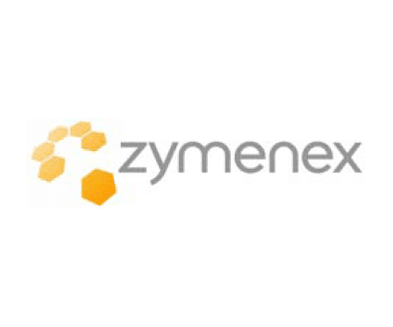

Scientific Program
This year’s scientific program brought together speakers and attendees from around the globe to present research on the genetics, pathogenesis and treatment of glycoproteinoses. These talks highlighted a continued shift in the field towards pathogenesis and therapy, and provided a more complete understanding of how different patient mutations affect enzyme function and how these enzyme defects cause pathology in affected tissues. The meeting commenced with an outstanding keynote lecture from Dr. William Sly, who provided a wonderful historical perspective on lysosomes and mannose 6-phosphate dependent targeting of lysosomal enzymes. Dr. Sly also shared his experience with GUSB deficiency and how the study of this disorder has moved from the bench to bedside. Translating basic science into tangible therapies for the glycoproteinoses represents the ultimate goal of researchers in this field. The meeting continued with a series of talks on the regulation of lysosomes and how defects in lysosomal function impact different tissues. Dr. Rosa Puertollano discussed the identification of new genes that promote lysosomal formation and function and how increasing the expression of these important transcription factors can induce cellular clearance of storage material. Dr. Babak Razani then spoke about the factors controlling lysosome formation and how these factors can be protective against atherosclerosis (hardening of arteries) through their ability to boost the turnover capacity of macrophages. Dr. Ana Maria Cuervo gave an excellent overview of another process involving lysosomes called chaperone-mediated autophagy and how this process contributes to the cellular response to different types of stress. Together, these lectures highlight the growing relationship between lysosomes and many vital functions within cells. In the next set of talks, we heard from Dr. Karin Ollinger who talked about lysosomal-mediated cell death and how changes in the permeability or “leakiness” of the lysosomal membrane affect this process. Dr. Steve Walkley shared a stimulating perspective on the neurological dysfunction associated with lysosomal storage disorders and discussed the importance of distinguishing these symptoms as developmental or degenerative. His talk highlighted the complexity of how lysosomal storage affects the function and survival of neurons and the importance of early therapeutic intervention.
This opening session was followed by two talks from speakers whose work has focused on alpha-mannosidosis. Dr. Dag Malm gave an informative overview and summarized the findings of his natural history of this disease. He also gave a promising update on the use of enzyme replacement therapy for this disease. Dr. Pirkko Heikinheimo spoke next about the characterization of several mutations found in alpha-mannosidosis patients and how these different mutations alter the function or properties of the enzyme. Categorizing the different mutations from a biochemical standpoint is important since it helps predict the significance of novel mutations and may also be informative for mutation-specific therapies. Dr. Alessandro D’Azzo spoke next about sialidosis, providing an overview of the disease and discussing the ways in which NEU1 deficiency alters processes in the cell including lysosomal exocytosis. Dr. D’Azzo also shared exciting new findings that relate NEU1 function to other diseases such as Alzheimer’s disease and cancer. The next two talks by Dr. Steven Gray and Dr. Rosanne Taylor provided updates on valuable animal models for AGU and fucosidosis. Dr. Gray shared an overview of the phenotypic characterization of the AGA knockout mouse and discussed the possibility of using gene therapy that directly target the brain to treat this disease. Dr. Taylor spoke about a variety of therapy options for fucosidosis as well as various concepts such as early stage neuroinflammation as mediators of pathogenesis. Her talk also highlighted the importance of large animal models for glycoproteinoses for testing the different therapies.
The following day of talks highlighted progress on mucolipidosis II and III as we heard from speakers who covered topics ranging from the molecular study of specific ML mutations to the pathogenic cascades in affected tissues such as the bone and heart. The session began with a presentation from Dr. Sara Cathey on the natural history of MLII and MLIII. Dr. Cathey discussed features of the cardiac and skeletal disease in ML patients and shared some information regarding the unique clinical features of certain ML genotypes including the K4Q. In the next talk, Dr. Stuart Kornfeld discussed recent work from his lab that has provided new insight into how specific ML mutations affect the function of the phosphotransferase enzyme. This investigation has lead to an important understanding of how the different domains of this enzyme act in a concerted manner to facilitate the addition of mannose 6-phosphate tags on different lysosomal hydrolases. Dr. Kornfeld also shared new insights into the function of the gamma subunit of phosphotransferase and how it associates with the alpha/beta subunits. In the next talk, Dr. Thomas Braulke provided a stimulating talk on ML pathogenesis by discussing findings in the brain and skeletal system of an MLII mouse model. Dr. Braulke discussed how the loss of mannose 6-phosphate biosynthesis affects bone forming (osteoblasts) and bone degrading (osteoclasts) cells differently. He also presented findings on how the sorting of lysosomal enzymes differs in MLII B and T cells and how effects on B cells in particular can result in altered antigen processing and antibody production. Dr. Heather Flanagan-Steet continued this session by sharing new insights into the cartilage and cardiac pathogenesis of MLII gained from the study of a zebrafish model for this disease. She discussed how secreted cathepsin proteases in MLII alter the signals needed for normal cartilage development. Blocking the activity of these cathepsins can reduce the pathogenesis in both the cartilage as well as the heart. The session finished with a talk by Dr. Terra Barnes about the connection between mutations in the enzymes of the Man-6-P biosynthetic pathway and persistent stuttering. Dr. Barnes work highlighted the use of new technology to monitor vocalizations in mice and how this process is affected in the context of MLII. Collectively, these talks reinforce the remarkable advances in ML research that have been made in the last five years.
In the final scientific session of the meeting, we heard several talks about advances in therapy for lysosomal diseases. The first speaker Dr. Kathy Ponder discussed the use of central nervous system-directed gene therapy for MPSVII. AAV gene therapy vectors carrying the normal copy of the GUSB gene were delivered into the spinal fluid of MPSVII dogs and resulted in impressive correction of storage. Dr. Fatima Bosch continued this theme with a talk about the use of gene therapy to treat MPSIII. Her results also support the utility of injecting gene therapy vectors into the spinal fluid as a viable treatment option for LSDs. The next speaker was Dr. Dao Pan who discussed how modifying therapeutic enzymes with different protein domains may help them get across the blood-brain barrier (BBB). The BBB represents a major obstacle to enzyme replacement therapy since enzymes given in the bloodstream are not able to reach the brain. Dr. Ida Annunziata
Written by Richard Steet and Stuart Kornfield.
Family Conference
The family program was broken up into workshops which allowed families to attend parts of the Scientific program that related to their particular disorder.
Report from the Mucolipidosis Workshop
The theme for this workshop was about how to manage the various symptoms of ML and although the topics were not new for families who have been around for a while they are very relevant as technologies improve and better ways are found to manage this complex condition. This workshop was presented in an informal manner allowing families time to ask questions and personally speak to some of the professionals.
The Mucolipidosis workshop began with Dr Leroy from Belgium giving an overview of Mcuolipidosis. He talked at length about how ML II and ML III are the same disorder.
We then heard from Dr Michael Kelly who talked about the spinal issues in ML. One of his comments was that there is very little information in the literature and that it would be useful to get some of the surgeries and techniques used written up and published. This was a hugely important statement and now gives ISMRD a way forward in trying to get the clinical guidelines for ML written up and published.
Richard Morbey from New Zealand gave an interesting presentation on upper limb issues.
Dr Michael White from St. Louis gave a presentation on possible new treatments for Bone disease in Mucolipidosis and is keen to follow up on the work already done by Tim Cundy and David Sillence on the use of Pamidronate.
Nick Pietris gave a wonderful presentation on Cardiac issues in ML looking at what to look out for and how best to treat some of the symptoms
There were presentations on Schooling issues and Obsessive Compulsive Disorder (OCD) this topic saw many parents get fully involved in this topic as many ML children display OCD in different ways and can be very challenging for parents.
Report from the Alpha Mannosidosis, Fucosidosis, Sialidosis, AGU workshop
The workshop on the morning of Day 2 of the conference included very informative and interesting talks on neurological symptoms of our diseases, a summary of knowledge of Fucosidosis, experiences with cell transplants, new developments in therapies, and discussion of education issues. A notable theme in the discussions was the advances not only in understanding and managing many symptoms of the diseases, but also the great momentum that is occurring in development of therapies. There are many different therapeutic options being explored, with many of them now in or very close to clinical trial phase.
The workshop was run with a nice intimate feel to it, enabling families to ask questions and talk to the presenters in a nice and relaxed atmosphere, away from the more formal setting of the main scientific presentations. This added to the good feelings derived from the positive discussions about emerging therapies, which was a major theme of the whole conference too.
Life Time Awards
During the Gala Dinner ISMRD presented two Life Time Achievement Awards. These awards are given in recognition of the dedication we see in those that we regard as special because they have given their life and talents in trying to seek a cure for these rare and debilitating diseases.
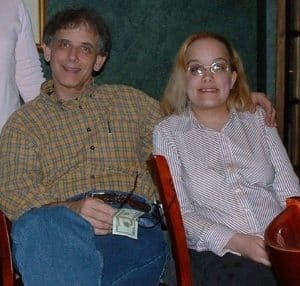 ISMRD was very proud to present two awards this year with the first one going to Paul Murphy for the work he did in the early days of the development of ISMRD.
ISMRD was very proud to present two awards this year with the first one going to Paul Murphy for the work he did in the early days of the development of ISMRD.
 The second award went to Mark Haskins who worked with the animal models of Lysosomal Storage Disease at the Philadelphia research centre. Mark is now retired but we are sure he will still be involved in someway
The second award went to Mark Haskins who worked with the animal models of Lysosomal Storage Disease at the Philadelphia research centre. Mark is now retired but we are sure he will still be involved in someway
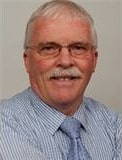
Children's Program
The children’s program began on Friday with a visit to the St. Louis Zoo. We sent out 75 children/siblings and their carers for a day filled of fun and laughter. The buses were loaded at 8.30am for a 15-minute drive to the zoo, where everyone was broken down into smaller groups to begin exploring the Zoo.
After their day of fun and visiting the animals, train rides and a very hot day, very tired and happy children and their carers returned to the hotel at 4.30pm. Each child came home with a soft toy a memento of their visit to the best Zoo in the world.
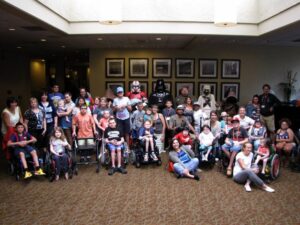
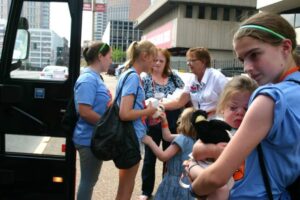
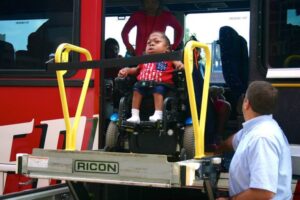
Day two of the children’s program was broken down into three different parts. Children under 15 years of age stayed in the childcare room and were entertained by an Art Therapist and Story telling They also had a visit from Elsa from Frozen and Captain America from the Avengers. What excitement there was when the entertainers were seen coming down the hallway. The smiles and shouts of glee were truly heart melting.
For the older girls 15 years and above there was a pampering session where they got their nails painted and had their hair done ready for the Gala Dinner that evening. We think some of the younger girls also snuck in and got their nails painted. A posh morning tea was donated by the London Tea Shop. The older boys 15 years and over went on a tour of the Ballpark museum.
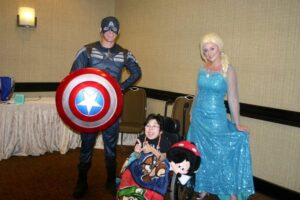

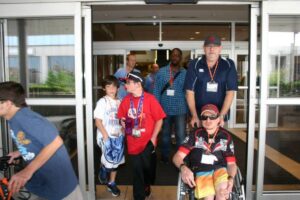
That evening we hosted our Gala Dinner, where we thanked all our wonderful speakers and presented our Life Time achievement awards, to those who have spent their entire life working in the field of research and advocacy, for Lysosomal Storage Disorders. And – to make sure the children were not left out they had their very own carnival night, where we had face painters, balloon twisters and so much more. Again, the excitement, smiles and laughter was a sight to be seen.
Sunday was a very slow day but the children were visited by Darth Vader and his friends.
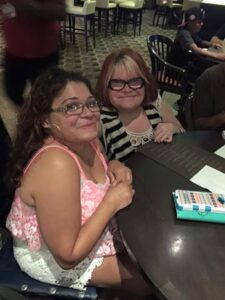
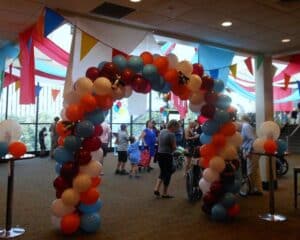
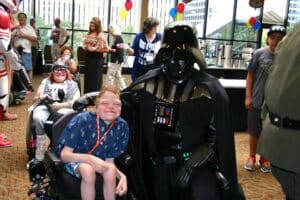
The children had the time of their lives and we hope they will have lasting memories of their visit to St. Louis.
ISMRD is very grateful to the Pernillie Foundation who provided funding for the Children’s program and scholarship funding for families who needed a little bit of additional assistance.
Personal Reflections
Shirley and Sam Jamal reflect on the opportunity to meet families affected by Mucolipidosis
Amanda Gertner talks about her experience of attending the conference